Orchid Tree (Bauhinia): Purple, Pink, White and Hong Kong Orchid Trees
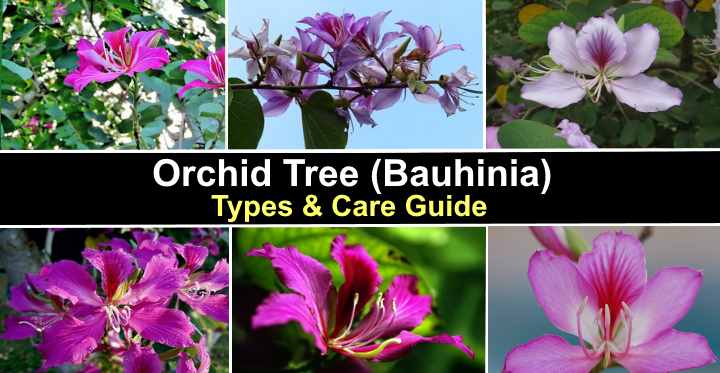
The orchid tree is a small, flowering, multi-stemmed tropical tree with beautiful pink, red, orange, yellow, white, or purple flowers resembling flowers growing on orchid plants. In addition, orchid trees have distinctive leathery, double-lobed green leaves that resemble the print of a cow’s hoof. Some species of orchid trees are evergreen trees. Still, others are deciduous trees that drop their leaves during the dry season or in winter.
Orchid Cactus (Epiphyllum Cactus): Care and Growing Guide
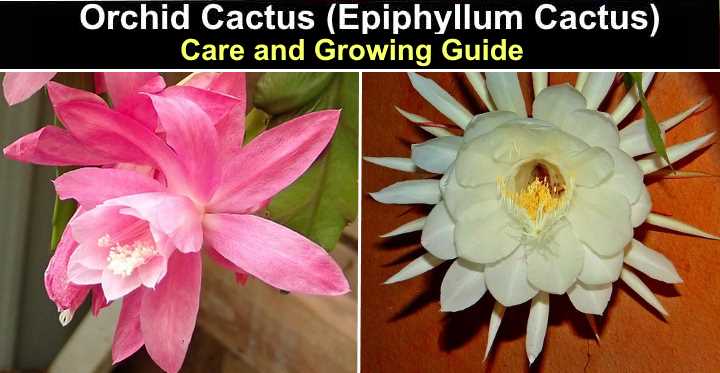
The orchid cactus is a beautiful succulent plant with broad, flattened leaf-like stems and huge, showy flowers. Orchid cactus flowers are the reason most people keep these flowering cacti as houseplants. The large cup-shaped or funnel-shaped flowers bloom in shades of white, orange, yellow, pink, and red. An unusual feature of some orchid cactus plants is that they only bloom once a year during the night.
How to Kill Maggots: 7 Ways To Get Rid of Maggots in the House and in Trash Can
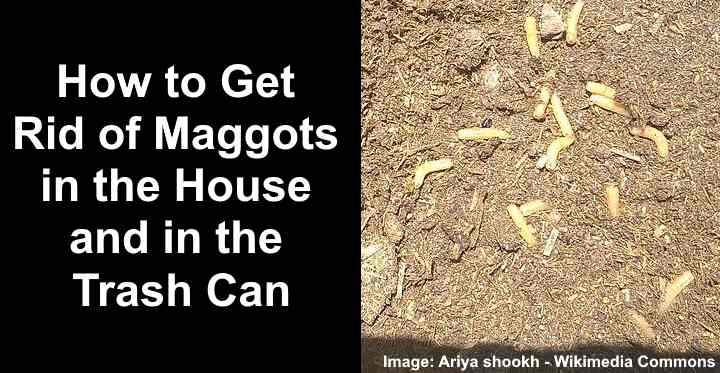
Opening your trash can to find a horde of white, wriggling maggots can send you into a panic. The small worm-like creatures seem to come from nowhere and can quickly infest containers, garbage cans, under your sink, or other areas of your house. The best way to get rid of maggots is to prevent flies from laying eggs and kill the writhing larvae with boiling water or vinegar.
Orchid Cactus (Epiphyllum Cactus): Types, Flowers, Care Guide (Pictures) – Identification
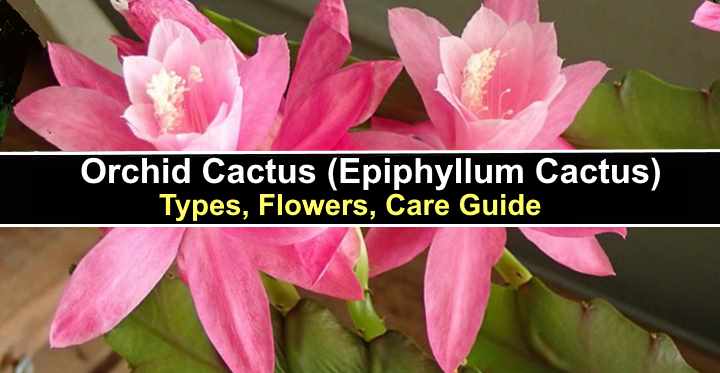
The orchid cactus is a type of hanging cactus plant with trailing succulent stems and spectacular colorful cup-shaped flowers in beautiful shades of white, pink, orange, or red. Orchid cacti have long, flat leaf-like stems with serrated or scalloped margins, and the stems growing up to 24” (60 cm) long and 2” (5 cm) wide. The attractive feature of the orchid cactus plant is the masses of showy flowers blooming at the end of cascading stems.
Queen of the Night Cactus (Epiphyllum Oxypetalum): Plant Care and Growing Guide
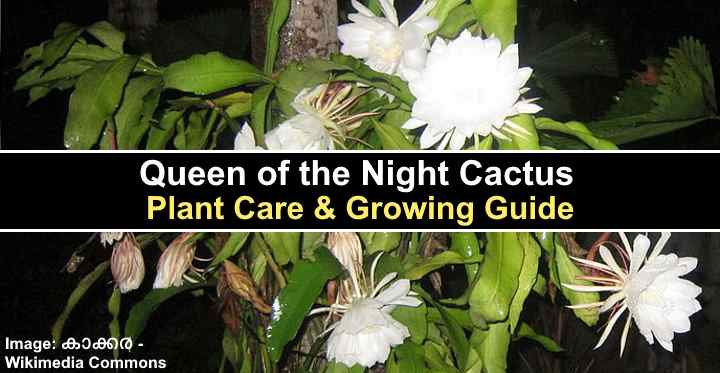
Queen of the night is a flowering cactus with sprawling waxy stems that can grow up to 20 ft. (6 m) long and produces stunning large white showy flowers one night in the year. So, although queen of the night cactus produces flowers, it rarely blooms. When the orchid cactus produces flowers, they only emerge at night and wilt before the morning. The night-blooming characteristic and its stunning flowers make this plant popular for tropical gardens or as a houseplant.
Redwood Trees: Types, Facts and Identification (With Pictures)
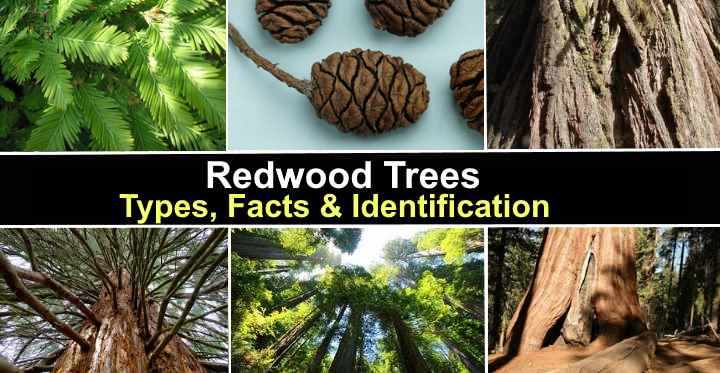
Redwood trees are the largest and tallest trees on the planet. Redwoods are famous for their towering stature, with the tallest trees reaching 360 ft. (110 m) tall—the same height as a 35-story skyscraper. As a coniferous evergreen tree, redwoods produce seed-bearing cones, green needle leaves, and tiny yellowish-brown flowers. Redwood bark is fibrous with furrows and can be up to 3 ft. (1 m) thick at the base of long columnar trunks.
Chestnut Trees: Types, Leaves, Fruit – American, European and More (Pictures) – Identification
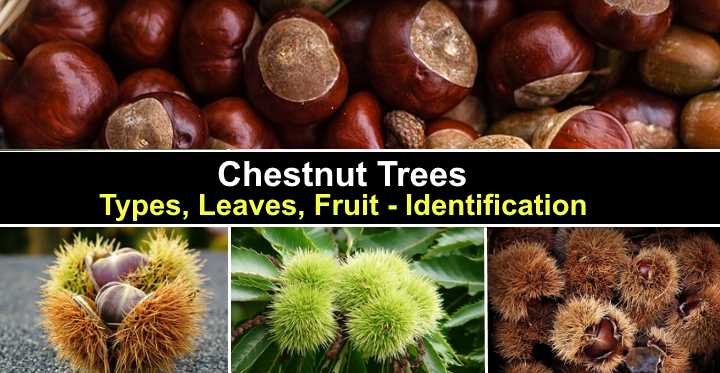
Chestnut trees are large deciduous trees with large, pointed leaves, long, finger-like flower clusters, and brown edible nuts. Chestnuts are easily identifiable due to the spiky burs growing in clusters and containing the fruit—a brown-shelled nut encasing creamy-white flesh. Chestnut trees have a straight, broad trunk with deeply furrowed bark and a large spreading rounded canopy.
Holly Trees and Bushes: Types, Leaves, Flower, Berries (Pictures) – Identification Guide
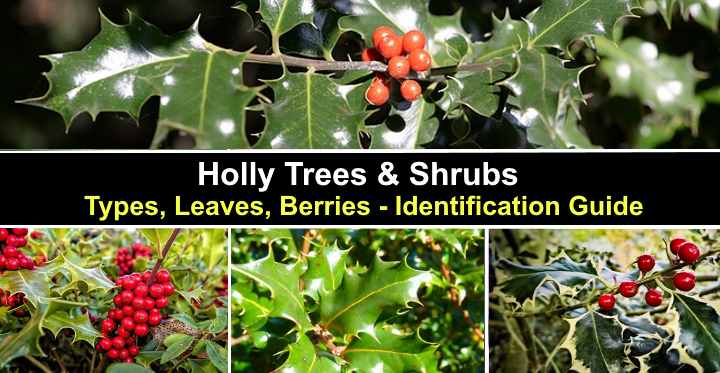
Holly trees and bushes are large shrubs or trees, many of which have thick, glossy, spiky leaves, small white flowers, and yellow, orange, black, or red berries. Although most species of hollies are evergreen plants, there are some deciduous holly bushes that drop their leaves in winter. The most common holly species are the American holly (Ilex opaca) and the English holly (Ilex aquifolium). Both of these evergreen holly trees are famous for their shiny, jagged leaves and winter red berries.
Japanese Beetles: How to Get Rid, Control, and Kill Japanese Beetles (With Pictures)
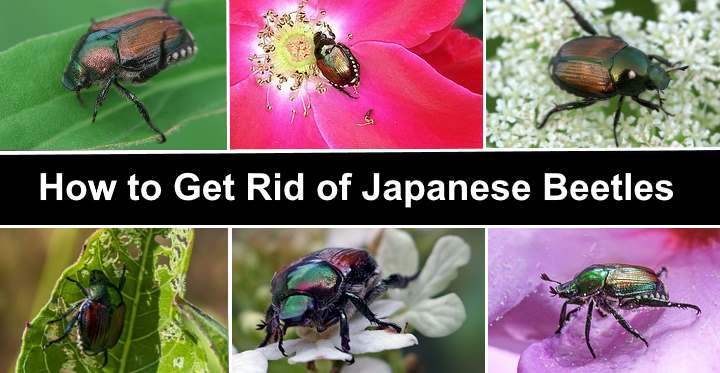
Japanese beetles (Popillia japonica) are small, destructive pests that feed on plant foliage, destroying the leaves of many ornamental plants, trees, and shrubs. Japanese beetles look like shiny insects with green and gold iridescent coloring. The colorful, gleaming beetles start their life as white grubs living in the ground before emerging to wreak havoc on garden plants. There are several ways to naturally eliminate the six-legged pests, including using neem oil sprays for Japanese beetles.
Ginkgo Tree: Leaves, Bark, Flower, Fruit (Pictures) – Identification
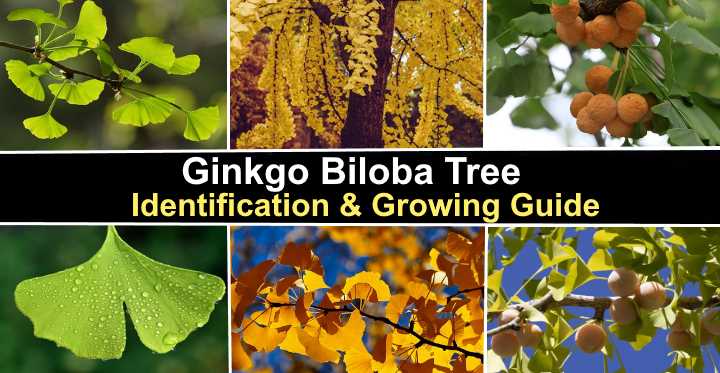
Ginkgo biloba tree is a spectacular deciduous ornamental tree with large fan-shaped leaves that turn a stunning buttery-yellow color in the fall. The unusual ginkgo tree leaves create dense foliage and form a pyramidal crown on this tall, elegant shade tree. Also called the maidenhair tree, the ginkgo tree thrives in loamy, well-drained soil, full sun to partial shade, and in growing zones 3 to 9.
